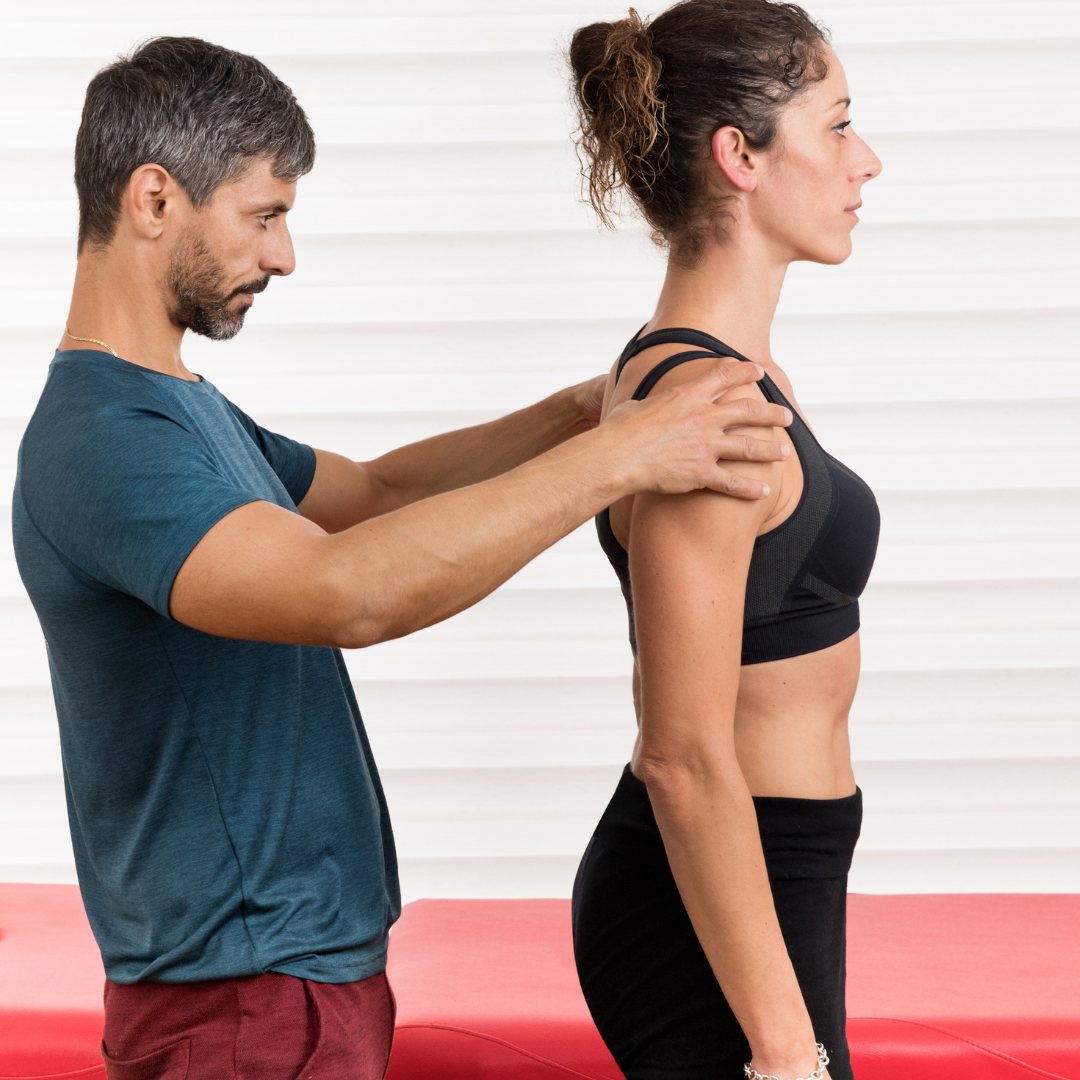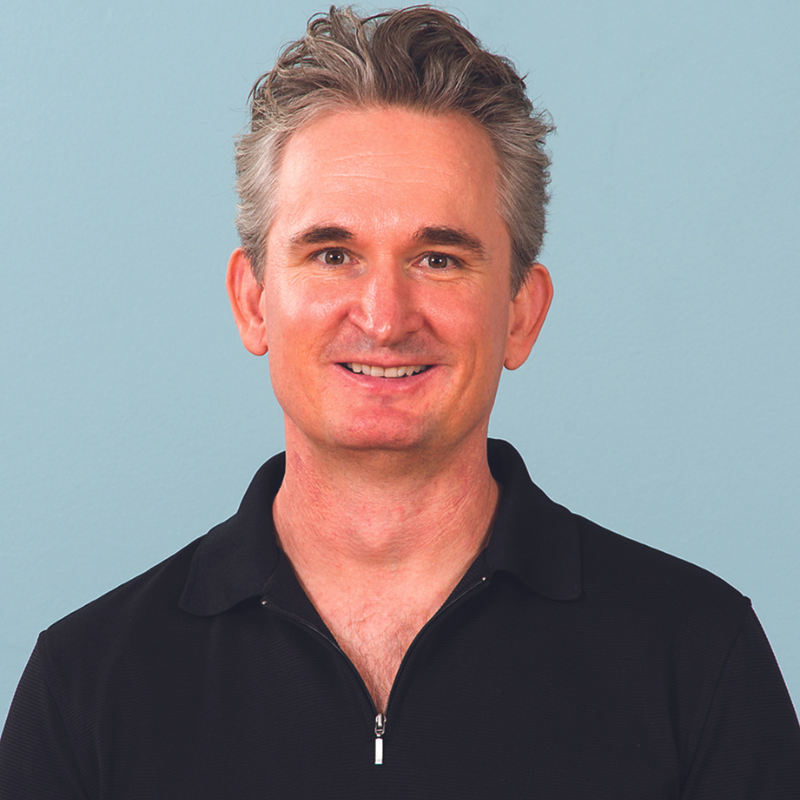Justin Price offers his top tips on how to transform interested people into paying clients.
In order to capitalise on an influx of new prospects, you have to know how to conduct consultations confidently and professionally. This blog will discuss the strategies that successful personal trainers and corrective exercise specialists utilise during initial consultations to convert prospects into paying clients. Integrating these techniques into your own consultations can help you develop and maintain a successful business.
Understand how your prospective clients feel
Prior to conducting any type of consultation, it is important for you as the professional to understand that the potential client has an entirely different perspective with regards to the consultation than you do. When a client contacts you for help in reaching their health, fitness and/or pain relief goals, it is in part because they lack the knowledge and/or confidence that they can be successful at reaching their goals on their own.1 A person may have a desire to have less knee pain, but may not have knowledge about the appropriate corrective exercises to help them realise that goal.

Furthermore, they may have made previous attempts at achieving this goal (either on their own or with the help of another professional) that have proven unsuccessful. This prior failure to achieve their goal has likely compounded their lack confidence in their own abilities and belief that they can ever be successful.2 Consequently, your potential client may feel anxious about consulting with you to discuss the prospect of helping them improve their musculoskeletal condition, get fit, improve their performance or become pain free. Therefore, in order to increase the chances the person will become a paying client, you must focus your efforts on improving their knowledge base and confidence during the consultation. Increasing their hope in you, your programmes and in themselves will help them to realise that signing up for your services is a great idea.
Understand how you feel about consultations with prospective clients
While it is vital to recognise your client’s anxiety, you must also understand that your own feelings may affect your ability to conduct consultations successfully. When a prospective client first contacts you to enquire about services, your initial reaction is probably one of joy that you may get a new client. However, if you lack confidence in your own skills and/or ability to communicate effectively with a new client, your excitement can sometimes turn into anxiety and/or dread. These feelings of apprehension, caused by a lack of confidence, may manifest during your consultations by you either talking too much or feeling compelled to use technical jargon to show the client just how much you know.3,4 These symptoms of nervousness on your part, no matter how well you try to hide them, only make your potential client more anxious about the situation. Therefore, another aspect of conducting successful consultations is being aware of how your own anxiety affects your behaviour. Knowing how you act when you are nervous and keeping those behaviours in check can help you keep consultations running smoothly.
Practical strategies to ensure your client signs up
Following are some practical consultation strategies to help you remain calm and confident while increasing your client’s knowledge and decreasing their anxiety.
Set clear expectations for the consultation
When meeting with you for the first time, your prospective client likely has little idea about what to expect. They are entering a situation that is unfamiliar (e.g., the gym) or uncomfortable (e.g., meeting a stranger) to them. Naturally, this can compound the level of anxiety they are experiencing with regard to the meeting. Think about how you feel when in a similar situation in your own life. For example, imagine when you have to go to a party or function and aren’t sure what to wear because you are unfamiliar or unsure about what is going to happen at the event. As such, you probably feel anxious about the situation and fretful that what you’re wearing is unacceptable. When it comes to initial consultations, your client is going through the same ordeal. Therefore, the first practical consultation strategy is to provide prospective clients with a clear picture of what to expect during that first meeting — including what to wear, what to bring, where to meet you and how to contact you if they have any questions prior to the appointment.
Curb your biases and evaluate your rapport-building skills
Our past experiences with people and places affect the way in which we perceive situations and communicate with others. Therefore, it is important to remember that your own personal biases and attitudes can negatively impact on an initial consultation. For example, if one of your parents was very overweight and complained of knee pain for most of their life, you might have developed a mental attitude that they would not have had the pain if they had made an effort to lose weight. When you subsequently have an appointment with a prospective client to discuss how you can help them alleviate chronic knee pain and discover upon their arrival that they are tremendously overweight, you may have a tendency to blame the person for their aches and pains. Although you may not be fully aware of it, your communication style may change to be less patient or compassionate when talking with this person. As such, your brusqueness or insensitivity may result in the person declining to sign up with you. Alternatively, you may assume during a consultation that a certain person cannot afford your services by the way they are dressed or the image they portray. Consequently, you may not listen to them as carefully as you would to another prospective client and it may cost you the client.4
Analyse your verbal and non-verbal communication skills for strengths and weaknesses so you can make potential clients feel more comfortable and confident during an initial consultation (e.g., Do you make eye contact with people? Do you paraphrase what they tell you to indicate you understand?). You should also assess whether your body language, tone of voice and spoken words match when conducting your consultations. If your words are positive but your body language is closed off, your potential client gets mixed messages which may erode your credibility.
Be professional and confident
Actively listening to clients is a crucial aspect of successful consultations.4 It gives the impression you are genuinely interested in the potential client’s situation and helps you tailor answers to meet their needs specifically. The use of methodical and practical assessment practices during the initial consultation process can also make you appear confident and convince prospects to trust you. Use your assessment protocols to pique the prospective client’s interest and communicate the results in simple ways that the client can understand. If a person feels like they have finally found a process that seems logical and practical (rather than mystical and magical) they will believe that it can work for them.5,6 Using assessment procedures to impart knowledge and understanding to clients about their bodies is a great way to increase their confidence in their own abilities and the belief that they have found the programme and professional that is right for them.

Once you have convinced a person that you can help them reach their health, fitness and pain relief goals, it is time to discuss money. To this end, it is important to appear self-assured when discussing how much you charge; an otherwise confident professional who appears nervous when discussing money can send negative signals to potential clients. Finally, make it a point to bring the subject up of fees before the client does. Broaching money matters first keeps you in control of your emotions and instills a sense of confidence that clients find reassuring.
Put it all into practice with prospective clients
The secrets to successful consultations are simple. Potential clients lack knowledge about their own situation and confidence that they have the skills to be able to achieve health and fitness goals on their own. Learn to recognise the feelings of anxiety that bring a person to see you in the first place. Then concentrate on improving your communication and rapport-building skills to help decrease anxiety during consultations, eliminate communication bias, and instill confidence and hope that you can assist that person with reaching their goals. Convey a professional image in your business practices and consultation procedures and never be afraid to talk about your fees. The implementation of these strategies in your consultations will help you appear confident and self-assured. Most importantly, it will enable you to set up positive relationships that will persuade clients to sign up every time.
To learn more from Justin Price about how to help both yourself and your clients to feel and function better, check out The BioMechanics Method Corrective Exercise Specialist course available through FitPro.
Fancy listening to one of Justin’s podcasts? Take a listen to The Link Between Stress and Back Pain
References
- Feltz DA (1992), Understanding Motivation in Sport: A Self-Efficacy Perspective, In G.C. Roberts (Ed.), Motivation in Sport and Exercise, Champaign, IL: Human Kinetics.
- Bandura A (1986), Social Foundations of Thought and Action: A Social Cognitive Theory,Englewood Cliffs, NJ: Prentice Hall.
- Price J (2018), The BioMechanics Method for Corrective Exercise, Champaign, IL: Human Kinetics.
- Whitworth L et al (2007), Co-Active Coaching: New Skills for Coaching People Toward Success in Work and Life (2nd ed),Palo Alto, CA: Davies-Black Publishing.
- Price J (2019), The BioMechanics Method Corrective Exercise Educational Program (2nd Edition). The BioMechanics Press.
- Rejeski WJ (1992), Motivation for Exercise Behavior: A Critique of Theoretical Directions, In G.C. Roberts (Ed.), Motivation in Sport and Exercise, Champaign, IL: Human Kinetics.







